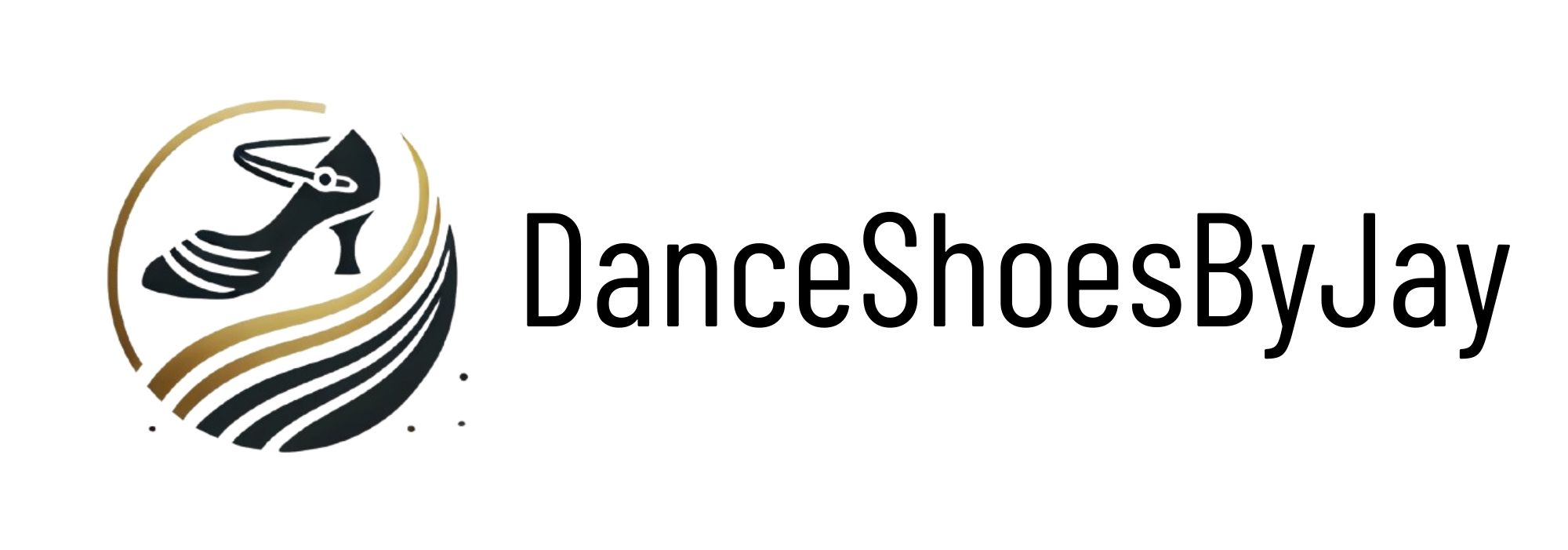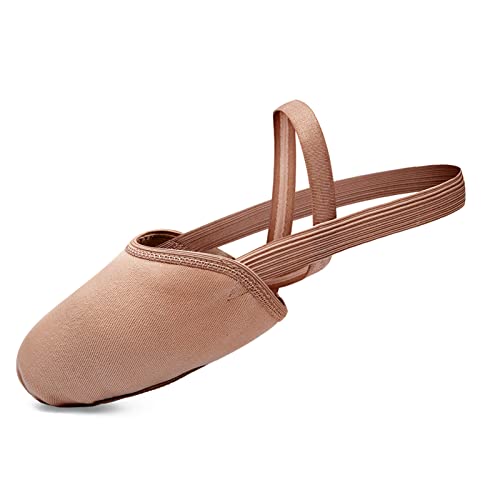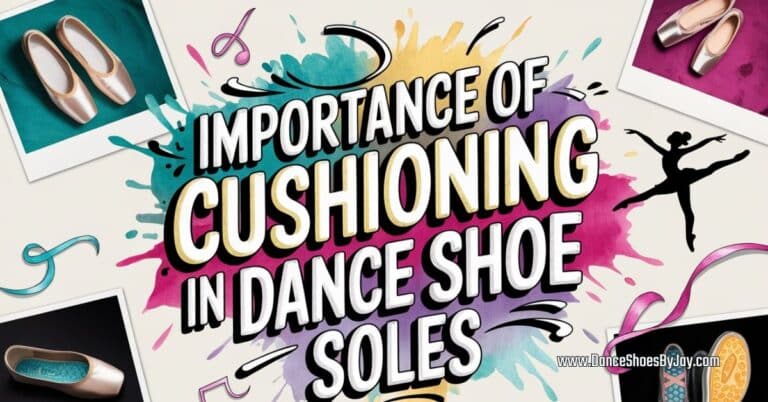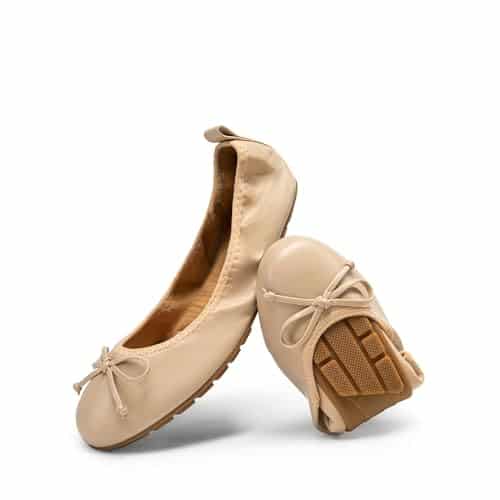Are Your Dance Shoes Protecting You — or Putting You at Risk?
When you think about dance shoes, style might be the first thing that comes to mind — but there’s a lot more at stake than just looking good on the dance floor. The truth is, what you wear on your feet can make or break your dancing experience… literally.
In this article, we’ll break down exactly how proper dance shoes can boost your performance and keep you safe. You’ll learn what to look for, what to avoid, and how to step onto the dance floor with confidence — and support where it matters most.




The Anatomy of Dance Shoes
When it comes to choosing the right dance shoes, knowing what you’re looking at is half the battle.
Dance shoes are meticulously designed with various components that all play a part in your performance and safety.
Sole
The sole is arguably the most critical part, affecting how you move. Different styles of dance require different sole types.
For instance, a ballet shoe has a soft, flexible sole for maximum articulation, while a jazz shoe might have a split sole to enhance flexibility and support.
Upper Material
The upper part of the shoe, which wraps around your foot, can vary widely in material—from breathable canvas to sturdy leather.
This choice influences your comfort, durability, and breathability while dancing.
A lightweight, flexible upper allows your feet to move naturally, reducing the risk of overheating and blisters.
Fit
Lastly, fit is everything. A snug fit helps prevent blisters and slips while providing optimum support.
Make sure you test out your shoes, moving around in them, to ensure they hug your foot correctly without squeezing or pinching.
With a deeper understanding of these components, you’ll be better equipped to select shoes that not only feel good but keep you safe.
Next up, we’ll examine how wearing ill-fitting shoes can lead to injuries, highlighting the importance of every detail you’ve just learned.
How Ill-Fitting Shoes Lead to Injuries
Wearing dance shoes that don’t fit properly can set the stage for various injuries that can hinder your performance and joy.
Imagine slipping into a pair of shoes that are either too tight or too loose—this discomfort can quickly escalate into real problems.
Common Issues from Poor Fit
Many dancers have experienced the annoyance of adjusting their shoes mid-performance.
Instead of focusing on the routine, you find yourself worrying about that nagging pain or the fear of slipping.
Recognizing the signs of bad footwear—like numbness, pins-and-needles sensations, or visible irritation—can save you from larger injuries down the line.
As you become aware of how critical the right fit is to your dance practice, it becomes clear that choosing the right type of dance shoe is your next essential step.
Let’s explore how to select shoes that will keep your feet happy and healthy.
Choosing the Right Type of Dance Shoe
Now that you understand the importance of a good fit, let’s delve into selecting the right type of dance shoe for your style.
The dance world offers a range of shoe types, each catering to the specific movements and techniques of various styles.
Ballet Shoes
Ballet shoes, typically made of soft leather or canvas, offer flexibility and a snug fit, allowing for elegant movement.
Look for styles with a full sole for beginners or a split sole for advanced dancers wanting more flexibility.
Jazz Shoes
These shoes often feature a rubber sole for traction and a snug fit around the foot to support quick direction changes.
Opt for a canvas or leather upper, depending on your comfort preference.
Consider the Light Pink Ballet Slippers for Women for a stylish option that doesn’t compromise on functionality.
Tap Shoes
Tap shoes come with metal plates on the soles, providing that distinct sound when you make contact with the floor.
Ensure that the taps are securely attached and that the shoe fits comfortably to avoid unnecessary weight on your feet.
Contemporary & Hip-Hop Shoes
For these styles, choose a shoe that offers good cushioning and flexibility.
Sneakers designed specifically for dance will typically have a lighter weight and more flexibility than regular athletic shoes, enabling you to execute high-energy moves.
By understanding the particular demands of your dance style, you can select shoes that enhance performance and help you avoid injuries.
Now that you know how to choose the appropriate shoe, let’s explore how the right support and cushioning contribute to a safer dance experience.
The Role of Support and Cushioning
When it comes to protecting yourself from injuries on the dance floor, adequate support and cushioning in your dance shoes are non-negotiable.
Think of them as the safety net that absorbs impact and helps maintain your balance during those demanding routines.
Arch Support
Your arches play a crucial role in absorbing shock throughout your dance movements.
Shoes with good arch support can help distribute your weight evenly and reduce strain on your feet, preventing issues like tendonitis or plantar fasciitis.
This support allows you to dance longer without the fatigue that could lead to accidents.
Shock Absorption
A shoe equipped with effective shock absorption technology is essential for dancers, especially during high-impact styles.
It minimizes the stress exerted on your joints when landing from jumps, significantly lowering the risk of injuries.
Look for shoes with cushioned insoles or specially designed outsoles that provide this vital feature.
Imagine this: you’re in the middle of a performance, and that extra layer of cushioning allows you to focus on your movements rather than your discomfort.
The difference between powering through and feeling amazing could be just a good pair of shoes.
With support and cushioning established as safety essentials, let’s dive into how to maintain your dance shoes for longevity.
Maintaining Your Dance Shoes for Longevity
Caring for your dance shoes is essential in maximizing their lifespan and ensuring they perform at their best.
Here are some effective tips to help you maintain your footwear and prevent unnecessary injuries.
Cleaning
Regularly clean your dance shoes to remove dirt and sweat. Use a damp cloth for leather or canvas shoes, and consider using a specialized cleaner for specific materials.
Remember to avoid soaking the shoes, as this can cause damage. For intricate cleaning, try the BinaryABC Dance Shoes Cleaning Brush to effortlessly reach every nook and cranny.
Storage
Proper storage is just as vital as cleaning. Store your shoes in a cool, dry place away from direct sunlight to help maintain their shape.
Use a shoe bag to protect them from dust and potential damage when not in use.
When to Replace Your Shoes
Don’t wait until your shoes are visibly worn out to replace them. If you start to notice decreased support, flexibility, or signs of wear on the sole, it’s time to invest in a new pair.
This proactive approach can significantly reduce the risk of injuries.
By putting these maintenance practices into action, you extend the life of your shoes and create a safer dancing experience.
Now that you’re equipped with these tips, let’s transition to how investing in your dance health is ultimately your best decision.
Invest in Your Dance Health
In conclusion, investing in the right dance shoes is essential for preventing injuries and enhancing your performance.
By understanding the anatomy of dance shoes, recognizing the risks of ill-fitting footwear, and prioritizing support and cushioning, you empower yourself to dance safely and passionately.
Remember, your feet are the foundation of your dance journey. Make smart footwear choices and take care of your shoes to ensure you can enjoy dancing for years to come.
Prioritize your health—after all, every step on the dance floor deserves the best support!





